School lunches haven’t always traditionally been known for being the best tasting meals, but now the New York State Department of Agriculture has implemented the Farm-to-School Program that offers financial incentives to schools who purchase locally sourced meat, vegetables, fruit, and more from farmers.
Harvest NY was a program started by Cornell Cooperative Extension (CCE) in 2012 then was brought on through grant funding by the New York State Department of Agriculture in 2020 as the Farm-to-School Program.
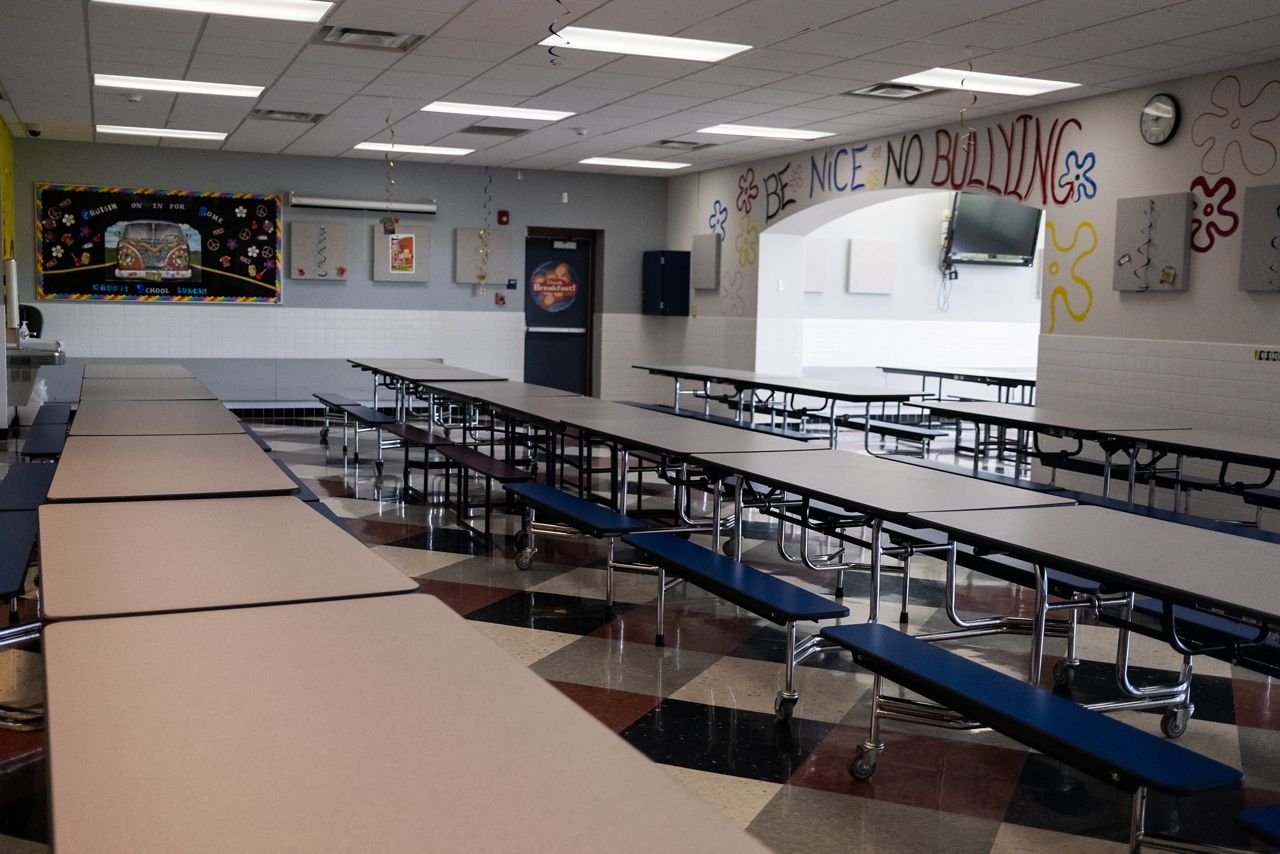
Lizzy Cooper, the CNY Farm to School regional coordinator at CCE, says schools are required by the USDA to have certain components in their meals and the Farm-to-School Program helps both schools and farmers.
“Many farmers want their food to stay local, they're really supportive of the mission for children and students to be able to have access to their products every day, on the lunch tray,” said Cooper. “We saw during COVID, supply chains shifted, and things like that, but schools were still distributing meals throughout the pandemic, they're a consistent market. We see that as being a benefit. We want it to make sense economically for the farmers as well as for the schools.”
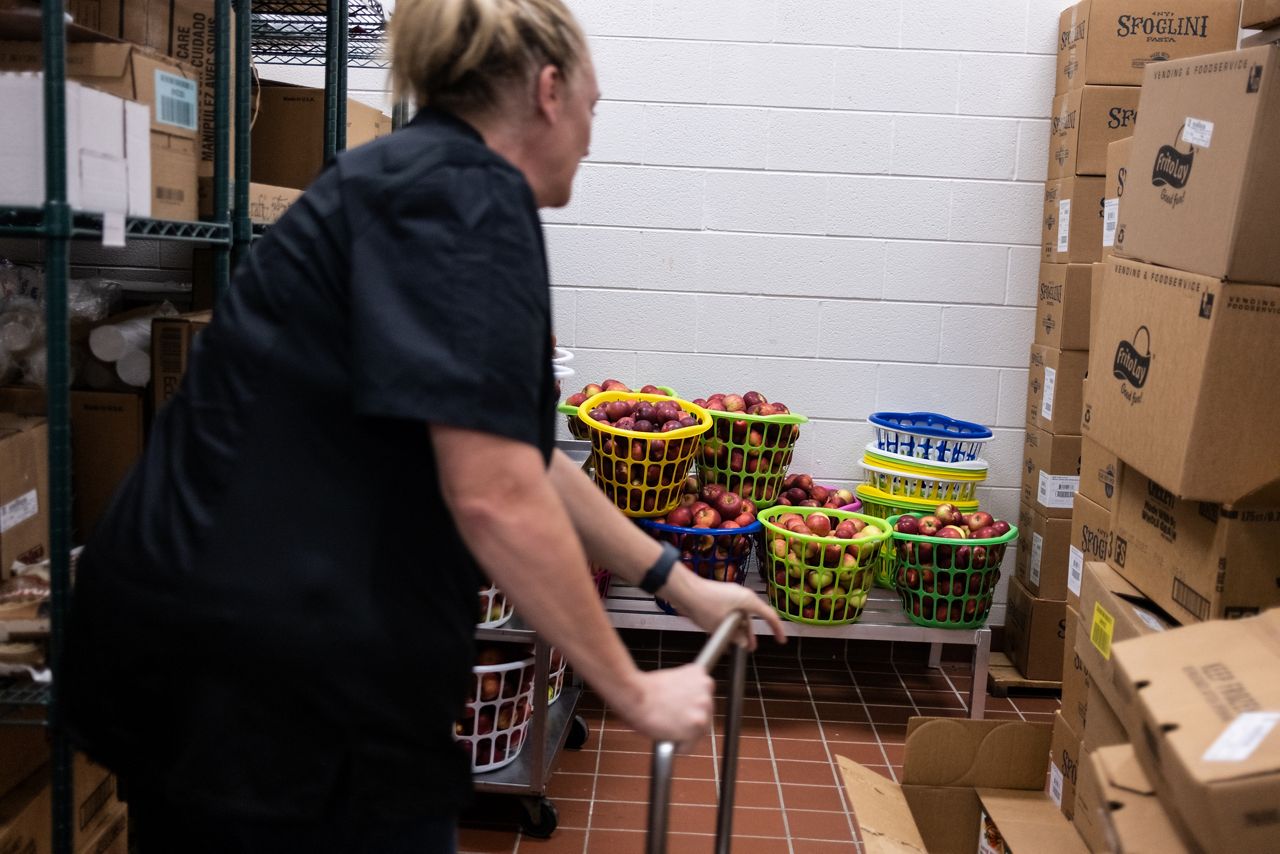
Tracy Sullivan, cook manager at Sandy Creek Central Schools, works with farmers to purchase local goods to serve the students. She purchases meat, milk, eggs, fruits, vegetables, and flour that are all produced in New York.
“I know that we're getting it from a local person and it's not only helping them out, but I know that our food is the best that it can be for our kids,” said Sullivan. “It takes a lot of stress off me to know my honey is local. I know that the bees are local bees, and the milk is local milk.”
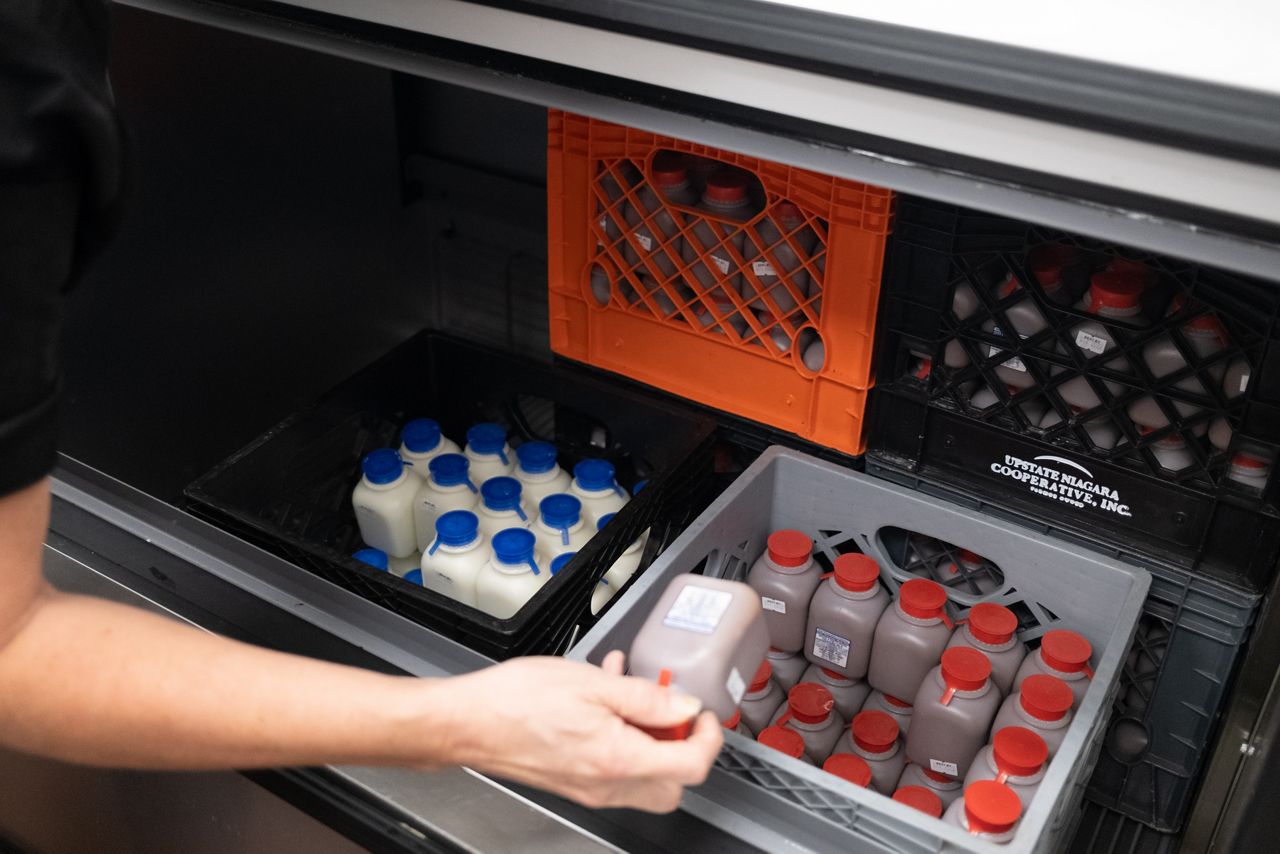
With approximately 800 people to feed in the district, Sullivan said some students rely on the district to provide multiple meals a day — and she wants to make sure they taste good.
“They can get breakfast, lunch, dinner and an afterschool snack,” said Sullivan. “For some kids that are here longer for an enrichment program, homework help or athletics, they’ll catch the 6 p.m. bus and by the time they get home it could be after 7 p.m., so at least I know they’ve been fed before they get on that bus.”
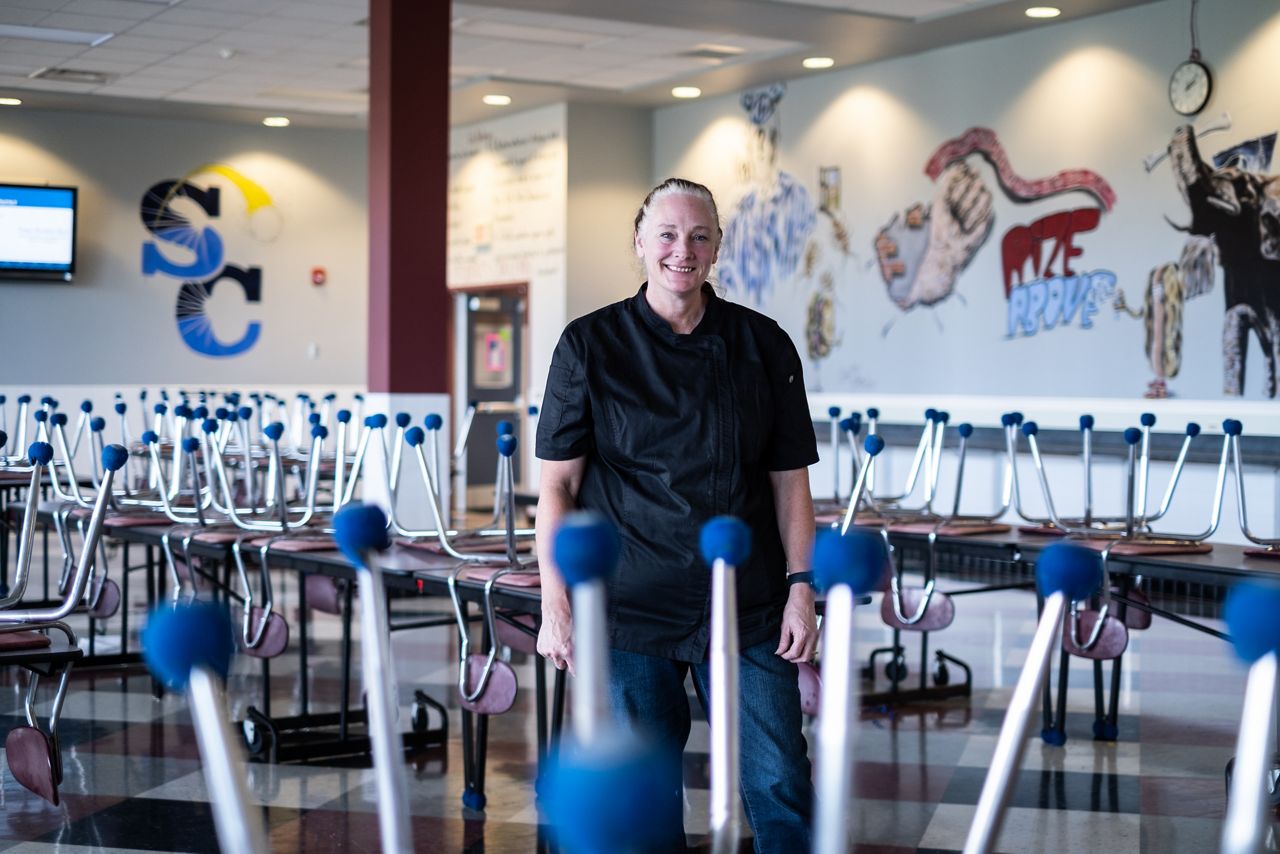
Sullivan said there are some families in the district that may not have access to fresh produce otherwise.
“They're not going get the fresh produce that they get here because their parents might not be able to get it, it's more expensive,” Sullivan said. “They might not have access to it so at least they are able to get this here.”
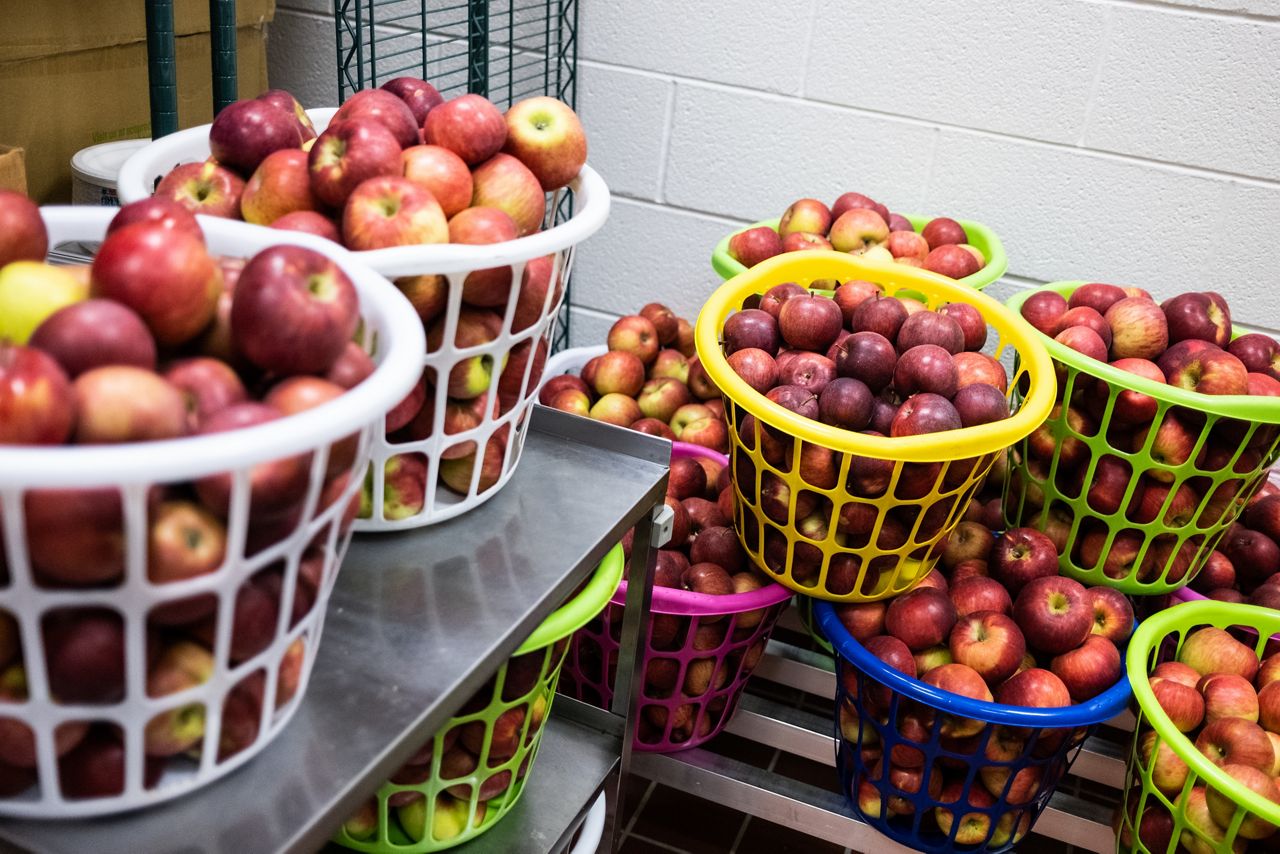
The program is expanding to get into other schools as well, said Cooper.
“Syracuse City School District is beginning to work in this farm- to- school space, and so being able to connect with local growers who produce these fruits and vegetables that are grown right here in our Central New York region and being able to get those on the school lunch tray is very exciting. It’s about access and being able to increase access to these foods,” Cooper said.
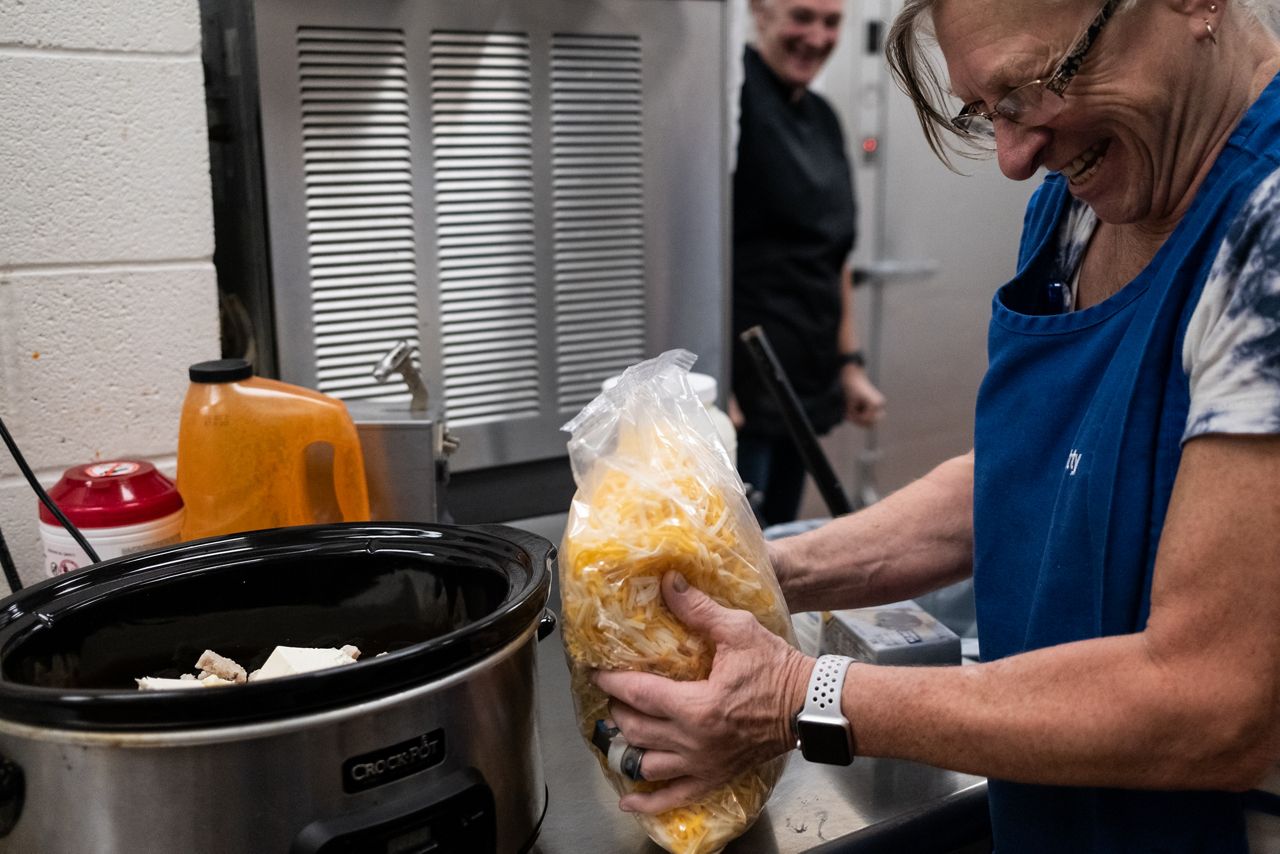
Sullivan said it is more expensive than using traditional distributors, but the state covers some of those expenses as an incentive to participate in the program. Grant funding awarded for each school can vary from $25,000 to $100,000 per project.
“I wish that more schools would participate, I know it's a lot of paperwork, and I know that it's a lot of extra work to scratch cook, but fresh food is just so much better. There are no preservatives and you’re helping people in the community.”



